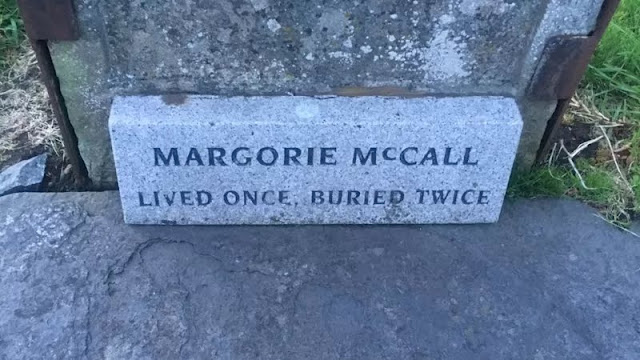George Joseph Smith was a notorious English serial killer and bigamist who terrorized the early 20th century with his heinous crimes. His case, known as the Brides in the Bath Murders, shocked the nation and captivated the media. Smith's manipulation and deceitful ways led to the deaths of three innocent women, making him a face of evil that is remembered in history.
Smith was born on January 11, 1872, in London, England, to a working-class family. Growing up, there were no indications of the dark path he would eventually take. He married his first wife in 1898, but it wasn't long before his true nature emerged. Smith was a charming man who used his charisma to deceive women into marrying him for financial gain. He would marry multiple women simultaneously, promising them a life of luxury before ultimately drugging and drowning them in their baths to claim their life insurance policies.
Smith's modus operandi was chillingly calculated. He would gain the trust of his victims, convince them to marry him, and then set about draining their finances before murdering them. The Brides in the Bath Murders refers to the deaths of Bessie Mundy, Alice Burnham, and Margaret Lofty, all of whom fell prey to Smith's manipulative ways. His crimes were brought to light in 1915 when he was arrested, tried, and convicted of their murders.
The case of George Joseph Smith was a landmark in forensic pathology and detection. The similarities between the murders of the three women were crucial in proving Smith's guilt. It was one of the first instances where connected crimes were used to establish a pattern of deliberation, ultimately leading to his conviction. The case also highlighted the importance of thorough investigations and the need for more stringent measures to prevent similar atrocities from happening in the future.
The impact of George Joseph Smith's crimes reverberated throughout society, sparking discussions on the dangers of manipulation and the need for stricter regulations on marriage and insurance policies. The media coverage of the case brought attention to the issue of domestic violence and the vulnerability of women in society. Smith became a symbol of evil, a cautionary tale of the dangers of falling prey to charming but deceitful individuals.
Despite the negative implications of Smith's actions, his case has also had positive repercussions in the field of criminal justice. The techniques used in his prosecution have paved the way for more effective methods of investigating and prosecuting serial offenders. The case serves as a reminder of the importance of thorough investigations and the value of forensic evidence in solving crimes.
Executed by hanging in Maidstone prison on 13th of August 1925, George Joseph Smith will forever be remembered as a face of evil for his heinous crimes. His manipulation and deceit led to the deaths of three innocent women, leaving a trail of devastation in his wake. The Brides in the Bath Murders case was a turning point in the history of forensic pathology and detection, highlighting the need for more stringent measures to prevent similar crimes from occurring. Smith's legacy serves as a cautionary tale of the dangers of falling prey to charming but manipulative individuals and the importance of thorough investigations in bringing criminals to justice.
Image colourised by Electric Colour.













